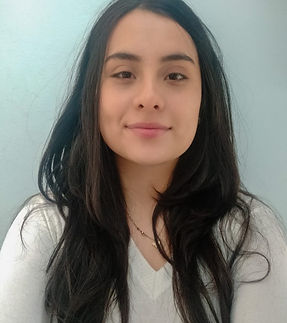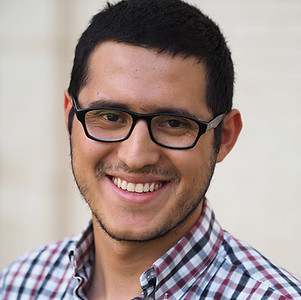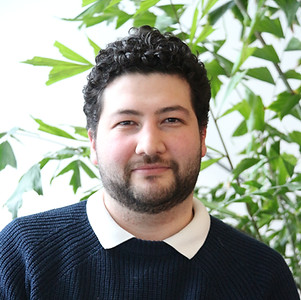
RECA INTERNSHIP PROGRAM 2021
The proposed period for the first edition of this internship program is the summer of 2021. The dates are flexible by mutual agreement between the supervisor and the student, but the research aims to be completed in a range of approximately 10 weeks. Therefore, full dedication to research by the student is expected during this period.
ADDITIONAL ACTIVITIES
Although the research project assigned to each student will be priority of this program, there will be some additional activities to complement this research experience.
OBSERVATION TIME
Students will have the opportunity to remotely monitor real-time observations made by professional telescopes around the world.
PROFESSIONAL TALKS
Weekly, students will receive virtual talks on specific astronomy topics given by world experts where emphasis will be placed on the path of the researcher.
PERMANENT SUPPORT
The members of the committee will be available to support students in conceptual doubts, programming or any other tool that facilitates the correct development of the research project.
PUBLICATION IN ASTROBITOS
The selected students will have the opportunity to publish the results of their research in the Astronomy Portal: ASTROBITOS
PRESENTATION AT SYMPOSIUM
Opportunity to present the results of the research at an event organized by RECA in order to improve the ability to disseminate scientific results.

PROJECTS 2021

Fundamental Physics of Primordial Black Holes as Dark Matter
Est: Judol Alejandro Rodríguez Franco

Radial velocities and chemical abundances in open galactic clusters.Est: Natalia Alvarez Baena

DR. LUZ ANGELA GARCÍA (ECCI UNIVERSITY, COLOMBIA)
The Reionization epoch seen with Illustris TNG.
Est: Julieta Osorio Capera

Characterization of the evolution of reddening in type Ia supernovae.Est: Alejandro José Yepes Peñaranda

Characterization of the progenitors and explosion of hydrogen-rich supernovae.Est:Bryam Steve Pinilla Jurado

DR. IGNACIO TRUJILLO (INSTITUTE OF ASTROPHYSICS OF THE CANARY ISLANDS, SPAIN)
The color of galaxies.Est: Daniela Montes Doria

DR. LEONARDOS GKOUVELIS (NASA ΑMES RESEARCH CENTER, USA)
Electrical discharges within Martian dust storms.Est: Jassyr Alberto Salas Martinez

Open clusters in the line of sight to the far end of the galactic bar.
Est: Juan Sebastian Rodriguez Camero

PHD(C) ANDRES FELIPE RAMOS PADILLA (UNIVERSITY OF GRONINGEN / SRON, THE NETHERLANDS)
Emission lines and morphology of simulated galaxies in EAGLE.
Est: Maria Paula Rojas Castro

DR. JOSE JOAQUIN RODES ROCA (UNIVERSITY OF ALICANTE, SPAIN)
Identification of x-ray objects by resolving infrared sources.Est: Mariana Echeverri Ospina

DR. DAVID FERNANDEZ ARENAS (NATIONAL INSTITUTE OF OPTICAL AND ELECTRONIC ASTROPHYSICS, MEXICO)
Identification and characterization of Wolf-Rayet (WR) in HII Galaxies.
Est: Eva Mendez Robayo
Looking for clouds in brown dwarfs T.
Est: Natalia Lucia Oliveros Gomez
ORGANIZING COMMITTEE

ALEXANDER BONILLA RIVERA
Ph.D. (c), Federal University of Juiz de Fora, Brazil
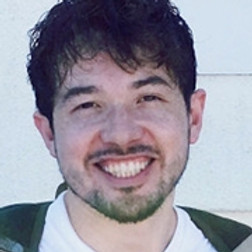
MILO BUITRAGO HOUSES
Ph.D. (c) University of California, Berkeley, USA

DR. JAVIER GONZALEZ SANCHEZ
Professor University of Manizales, Colombia
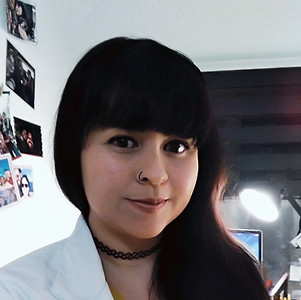
DR. HEIDY QUITIAN LARA
postdoctoral researcher,
Julius Maximilians University Wurzburg, Germany
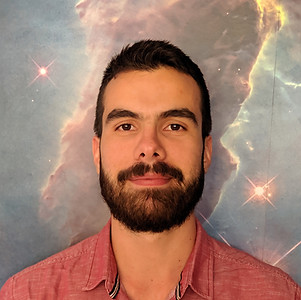
LUIS E. SALAZAR MANZANO
Master student, Texas, USA







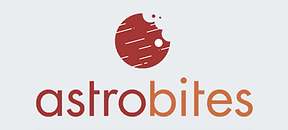.png)

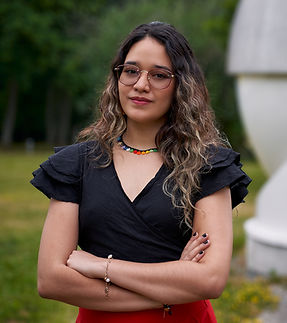
.jpg)


